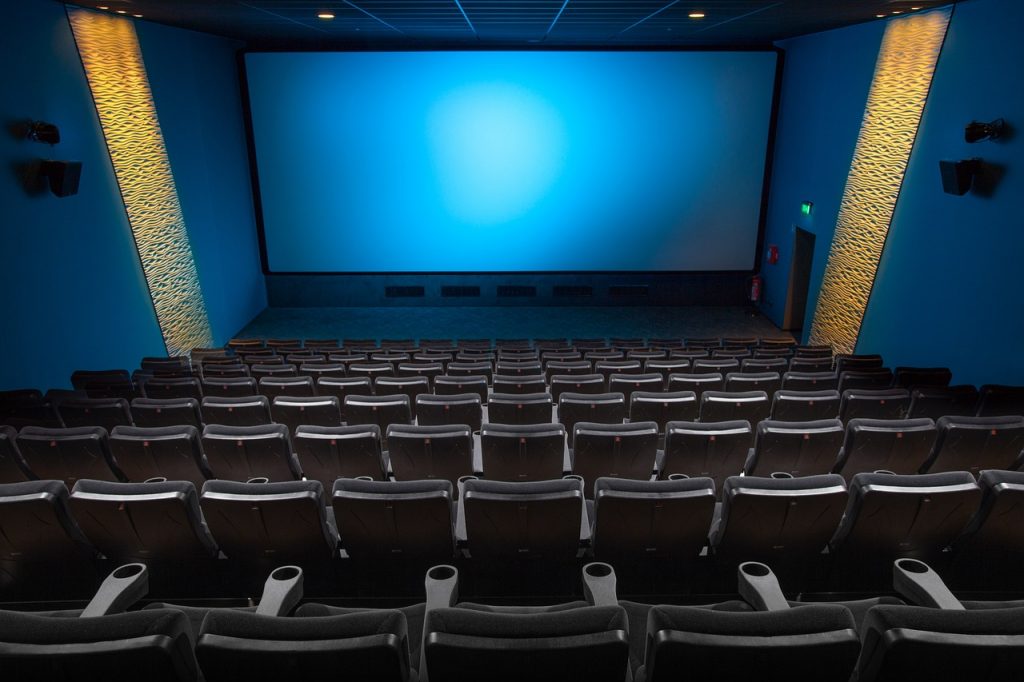“Dune: Part Two,” directed by Denis Villeneuve, is one of the year’s most anticipated releases.

Two and a half years have passed since Villeneuve first transported us to the alternate reality of Dune, exploring the breathtaking desert landscapes of the planet Arrakis. There, we met Paul Atreides (Timothée Chalamet) and his mother Jessica (Rebecca Ferguson), who survived the massacre of their family orchestrated by Baron Vladimir Harkonnen (Stellan Skarsgard). Far removed from their social echelon, they escaped death and found refuge among the dunes, forming an unlikely alliance with the Fremen, the native tribe of Arrakis.
“Dune: Part Two” picks up from this juncture, prepared by the director of “Arrival,” although initially, he did not have sufficient guarantees to continue the story based on Frank Herbert’s classic science fiction saga.
Like Villeneuve’s other works, the sequel delves into the origins of theocratic authoritarianism, explores the exercise of colonial violence, and outlines the development of a ruthlessly exploitative resource-based economy. These themes form the foundation of a story that unfolds on screen with extreme care, perhaps paying excessive attention to detail and form over content.
In this complex setting, Paul progresses and carves out a place among the Fremen, following the prophetic dreams he had in the original film that led him to the young warrior Chani (Zendaya). Gradually, Paul becomes one of them and rises to either be revered or criticized by those who once viewed him as a foreigner on their land.
Meanwhile, the action expands to the home of Emperor Shaddam IV (Christopher Walken) and his daughter Irulan (Florence Pugh), who confront the significant changes ahead following the supposed fall of House Atreides and the rise of the Harkonnen clan. This marks the beginning of an impending great war, which unfolds while unraveling the complexities and various narrative layers of the conflict.